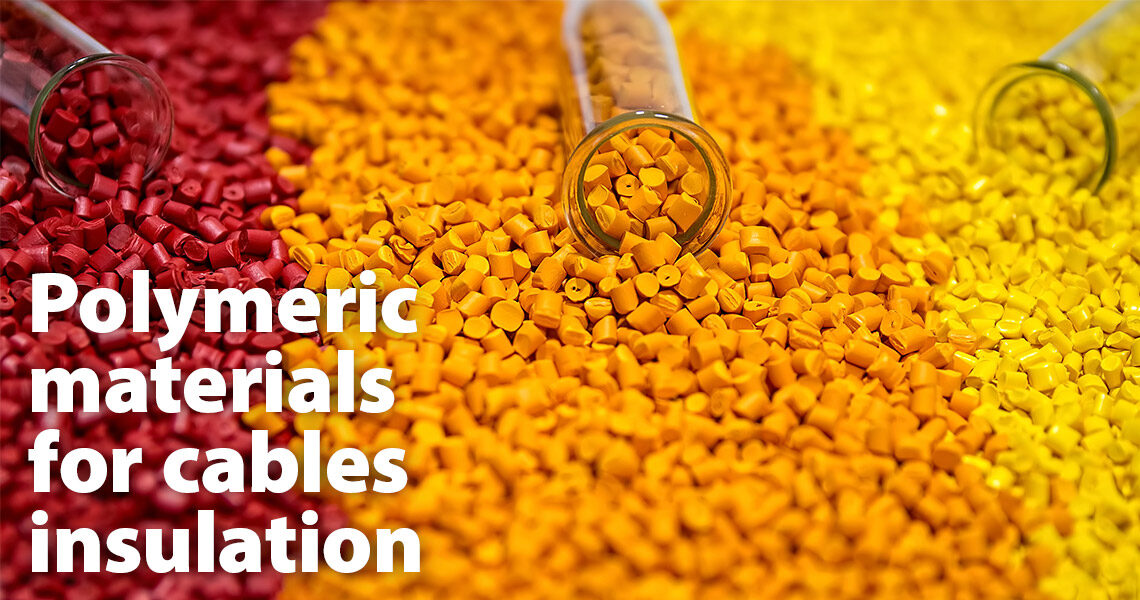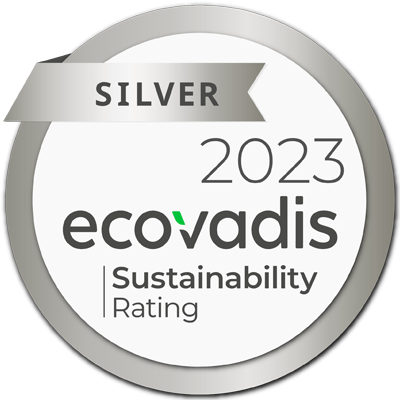Family – Thermosetting (Cross-linked elastomeric compound)
Use – LV and HV Insulation, light-duty sheath
General characteristics
In most cases, when it is used in low voltage cables, what we commonly call EPR, is, in fact, strictly described as EPDM, ethylene propylene diene monomer. Whereas EPR is a copolymer of ethylene and propylene, EPDM is a terpolymer of ethylene, propylene, and a small amount of non-conjugated diene monomers to provide the double bond cross-linking sites for easier vulcanization. EPR copolymer continues to be used for higher voltage applications.
The diene monomers, while only forming a small part of the composition of EPDM, provide the cross-linking that gives the essential thermal, electrical and physical properties required by any good electrical cable insulation. The molecular mesh structure imparts excellent water resistance, resilience and flexibility, having excellent electrical properties as well as resistance to ozone/weathering and ageing.
Unfortunately, EPR and EPDM are hydrocarbon rubbers derived from oil and natural gas; as such, they have poor resistance to solvents and oils also poor resistance to flame; they will burn; however, they are classed as halogen-free, allowing them to be used in modern low smoke and fume cables.
EPR and EPDM have now taken over exclusively from Butyl Rubber as the most common high-temperature insulation.
Processing
EPDM terpolymer is usually compounded with carefully selected reinforcing fillers, colouring pigments and vulcanizing agents using standard rubber industry practices. To ensure the optimum electrical properties required of Medium Voltage cables, EPR is not as highly filled and does not contain the colouring pigments as used in EPDM terpolymers intended for low voltage applications.
Both EPDM and EPR are applied by conventional single screw extruders and then subject to a cross-linking process; for low voltage cables, vulcanization usually follows using live steam; for medium voltage EPR, vulcanization can be in steam or gas.
Uses of material/Cable types
EPDM is mainly used as the insulation on low-voltage flexible cables, but it can also be compounded as a covering or sheath on H03RR-F, H05RR-F and H01N2-D. It also makes excellent insulation for ships and offshore installation cables as well as the inner layer of railway rolling stock cables, any application where heat resistance and flexibility are required.
Because of its superior corona and ozone resistance, EPR is used as the insulation of choice for medium voltage cables and cable requiring better electrical performance than low voltage types insulated with EPDM.
EPDM and EPR insulations are rated for operation at a continuous conductor temperature of 90oC; they also have useful low-temperature properties and can be specially compounded to operate at -50oC, although -25oC is more normal.
Standards
EPDM and EPR are included or referenced in the following standards:
- IEC 60092 – series
- IEC 60245 – series
- IEC 60502-1 and IEC 60502-2
- BS EN 50264 – series
- BS EN 50525 – series
- BS EN 50536 – series
- BS 6883
- BS 7655
- BS 7917
- DIN VDE 0207 Part 20
- Def Stan 02-526
List of Polymeric materials for cables used:
- Chlorinated Polyethylene – CPE
- Chloro Sulphonated Polyethylene – CSP
- Crossed Linked Polyethylene – XLPE
- Ethylene Propylene Rubber – EPR and EPDM
- Fire performance Silicone Rubber
- General Purpose Silicone Rubber
- LSZH Cross linked
- LSZH Thermoplastic
- Nylon
- Polyethylene
- Polyethylene – PE
- Polyvinyl Chloride – PVC Insulation
- Polyvinyl Chloride (PVC) Sheath
- PVC Nitrile










